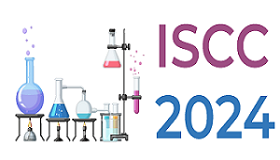Catalysis by metals and metal oxides
Catalysis by metals and metal oxides is a phenomenon that plays a crucial role in numerous industrial and environmental processes. Metals such as platinum, palladium, and gold possess exceptional catalytic properties due to their ability to provide active sites for chemical reactions. Metal oxide catalysts like titanium dioxide, iron oxide, and zinc oxide possess high surface areas and unique redox properties that enable them to efficiently lower the activation energy of various chemical reactions. These catalysts find extensive applications in fields ranging from petrochemicals to automotive emissions control and even in renewable energy conversion processes. They can efficiently speed up reactions, improve selectivity, enhance efficiency, and reduce unwanted side products. The understanding of catalysis by metals and metal oxides involves intricate studies into surface chemistry, adsorption-desorption phenomena, electron transfer processes, as well as morphology-activity correlations. This knowledge allows researchers to design tailor-made catalysts with improved performance for specific applications through precise control over the composition, structure, size, shape, and support materials used.
Keywords
· Transformation of organic molecules
· Metal and oxide catalysts
· Catalysts associating a metal and a p-block element
· Kinetics
· Catalyst stability and recycling
